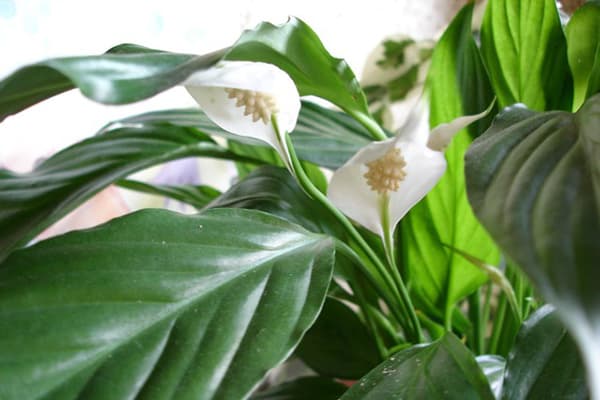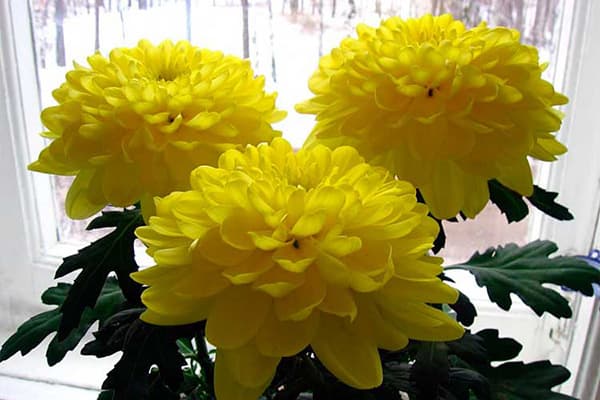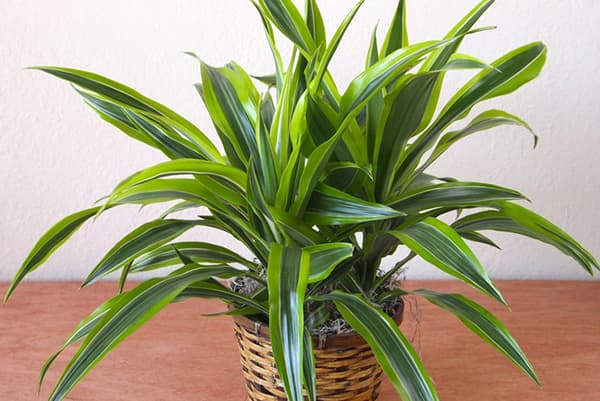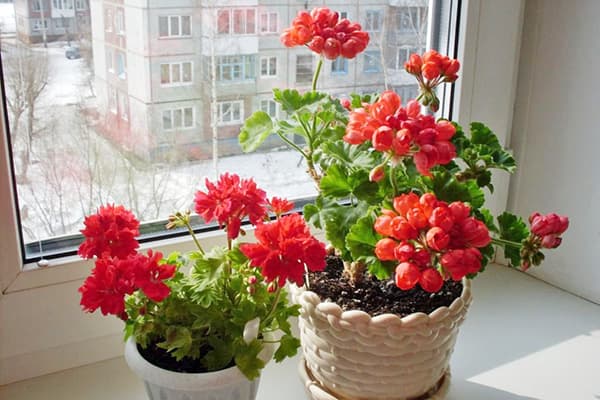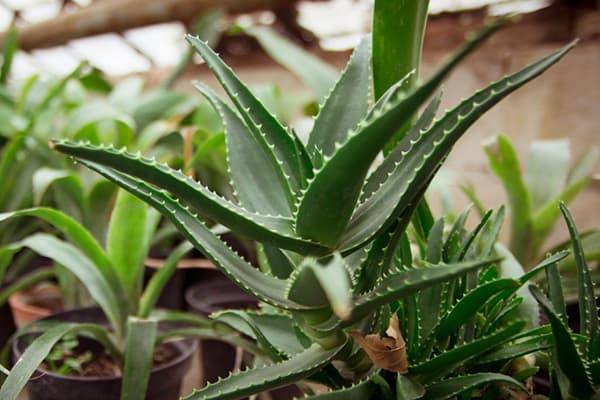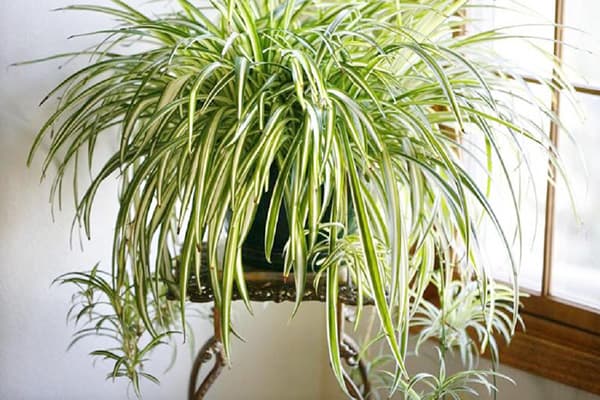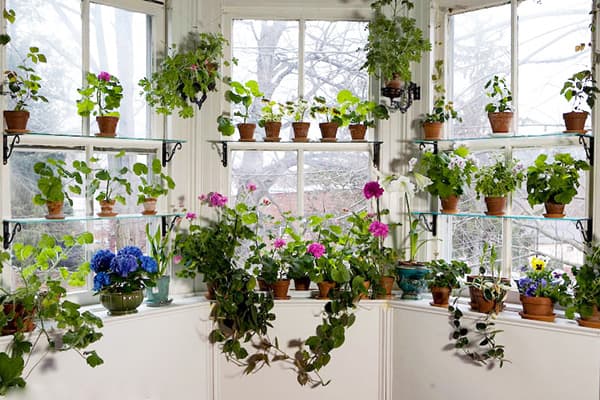What plants should be in the house to purify the air?
Your green pets not only create a cozy atmosphere and humidify the air, but also neutralize more than 85% of harmful impurities and contaminants. Experts have compiled a list of plants for air purification and recommend them for cultivation in city houses and apartments.

Why does indoor air need to be purified?
The air a person breathes is directly related to their health. Many carcinogenic substances accumulate in the atmosphere of a living space, which are released from finishing materials (linoleum, plasterboard, fiberboard and chipboard), when using varnish and glue, washing and detergents, gels, deodorants and fresheners. The destructive effect of chemical compounds continues not only during waking hours, but also during sleep. The result is drowsiness and irritability, headache and fatigue, skin rashes and allergies.
The air filling a living space may contain the following chemical compounds:
- Benzene - promotes the development of leukemia, reduces blood pressure, provokes convulsions, and excitement of the nervous system. Contained in rubber products, soap, tobacco smoke, and some detergents.
- Formaldehyde - dangerous by irritating mucous membranes, can cause skin diseases, allergies, suffocation, asthma. These substances are present in household gas, plastic dishes, cigarette smoke, and fiberboard products.
- Ammonia - a harmful substance that causes irritation to the respiratory system. It is produced during the operation of electronic equipment and is found in household chemicals and tobacco smoke.
- Trichlorethylene - irritates the mucous membrane of the eyes, causes stimulation of the nervous system. The compound is found in furniture cleaning sprays, painted and varnished products.
- Xylene - negatively affects the functioning of the respiratory system, causes inflammation of the larynx and sore throat. Contained in varnishes and paints, plastics, leather products.
Plants - air purifiers significantly reduce the concentration of harmful substances. In addition, by increasing indoor humidity, “green friends” help reduce the number of pathogens and viruses that prefer a dry atmosphere.
Natural air purifiers
Scientists conducted research and identified about seven dozen indoor plants that help remove harmful substances and improve the microclimate in the apartment.
- Spathiphyllum Wallis
With the help of this plant you can reduce the concentration of formaldehyde, benzene and ammonia in the air of your apartment or house. Not only the large leaves of the plant, but also the charming white flowers participate in the cleansing process.
Spathiphyllum should be grown on windows facing north, as the plant does not like bright sunlight. Care consists of abundant, timely watering and fertilizing with universal fertilizer. In order for the flower to better perform the function of a cleaner, you need to wipe the leaves with a damp cloth every day.
- Chrysanthemum
Garden chrysanthemum is recognized as a leader among plants that purify the air from harmful impurities.Typically, experienced gardeners begin to grow this flower in open ground, and with the onset of the first frosts they move it indoors. Blooming chrysanthemum in the city not only pleases the eye with its bright inflorescences, but also cleanses the atmosphere of the room from xylene, benzene and ammonia.
- Dracaena
Dracaena has several varieties, but all of them are endowed with a unique ability - to reduce the content of benzene and trichlorethylene in the air of a living room. If the windows of a house or apartment face a busy street, you simply cannot do without dracaena. Trichlorethylene entering through the window along with carbon monoxide will be absorbed by the leaves of a miniature and absolutely unpretentious palm tree.
- Pelargonium
Geranium ionizes and disinfects the air, so it can be grown in the bedroom, kitchen, and nursery. The aroma of this plant has a calming effect, and the geraniol released by the leaves has an antibacterial effect.
- Tradescantia
Along with domestic coniferous plants, Tradescantia perfectly neutralizes electromagnetic radiation, so it is recommended to place it near a computer or TV. In addition, the flower wonderfully moisturizes the air and reduces the concentration of formaldehyde and other harmful compounds.
- Aloe
A pot of aloe will be appropriate in any room of the living space. After all, this plant removes carcinogenic formaldehyde from the air by 95%. Aloe leaves secrete biologically active substances that help suppress the development of pathogenic microflora, stimulate brain activity, and increase the body's performance and physical endurance.
- Chlorophytum crested
An unpretentious indoor plant with narrow, long striped leaves.Requires almost no care, grows equally well in the shade and in the sun. If a flower is not watered for several weeks, it will not die, as it will feed on moisture from its own roots. At the same time, chlorophytum perfectly captures exhaust and carbon monoxide, frees the indoor air from formaldehyde, ammonia and other chemicals.
Some useful tips
In order for indoor plants to fully reveal their abilities in terms of purifying the air in the apartment, they must be properly cared for and correctly arranged.
- A room of 30 square meters should contain at least three medium-sized plants.
- It is better to place flowers on one windowsill, rather than scattered throughout the room.
- The leaves of houseplants should be wiped with a damp cloth or washed in the shower as often as possible.
- For cleaning, it is recommended to use filters introduced into the soil, such as activated carbon, which will help the plant eliminate contaminants more effectively.
Some indoor plants can change the microclimate in the apartment for the better, freeing the air from harmful chemical compounds. If you don’t have the time or opportunity to tinker with fancy crops, you can surround yourself with those plants that do not require special care and are not too decorative, but adequately perform the role of air purifiers.
